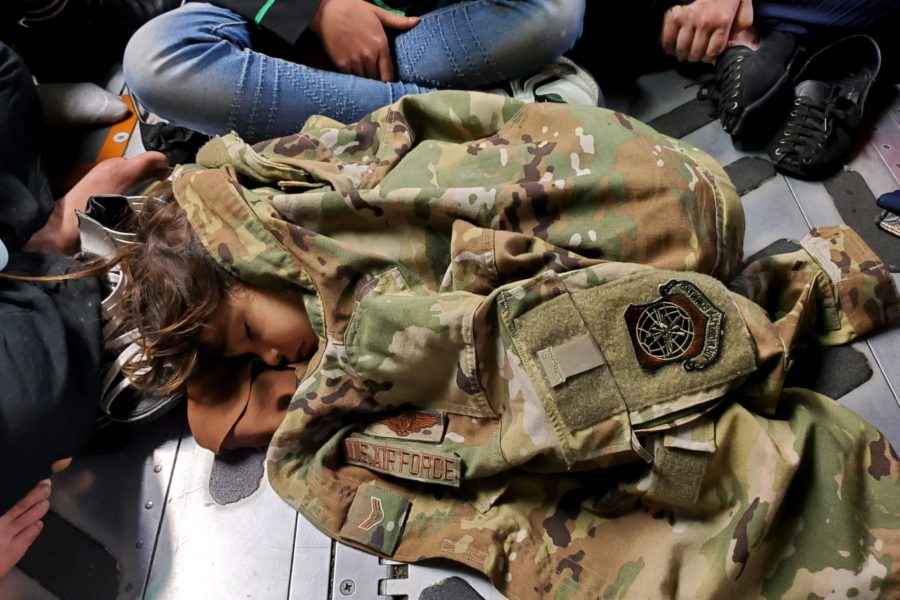The Pentagon is expecting to increase the pace of C-17 airlifts out of Kabul as the influx of troops has slowed to a trickle and the Globemaster IIIs are going in configured for larger loads of evacuating U.S. citizens and Afghans.
However, the pace of evacuations is severely limited because of the unsafe conditions in the Taliban-controlled city and the extreme difficulty some Afghans are facing getting to the airport.
“We’re ready to increase throughput and have scheduled aircraft departures accordingly. We intend to maximize each plane’s capacity, we’re prioritizing people above all else, and we’re focused on doing this as safely as possible with absolute urgency,” said Maj. Gen. William D. “Hank” Taylor, the Joint Staff’s deputy director for regional operations, in an Aug. 19 briefing.
As of early Aug. 19, 13 more C-17s had arrived at Hamid Karzai International Airport within the previous 24 hours. Within that time, 12 aircraft left with passengers. Since Aug. 14, 7,000 people have been evacuated from Kabul. There are now about 5,200 troops on the ground at the airport, including personnel who are setting up a field hospital.
The Pentagon said air operations can now ramp to maximum capacity of about one C-17 out per hour, evacuating a total of 5,000 to 9,000 people a day. Planning took into account the C-17 outfitted for the most seats, with about 300 on each jet, though one sortie early in the evacuation was more than double that capacity.
“We’re trying to make maximum use of the ramp space, of the aircraft, of the queue, and we’re going to adjust that every day,” Pentagon spokesman John F. Kirby said. “The demand … will drive how many sorties we fly.”
At the current pace, the C-17s are leaving Kabul with about half of the 300 it can carry when properly configured.
The airlift capacity is not an issue of flying people out. The ramp-up hinges mainly on people getting to the airport, along with other factors such as weather. While the airfield itself is secure, the situation outside the airport remains chaotic with large crowds and reports of Taliban roaming and even beating those trying to flee.
Commanders on the ground speak with the Taliban at least twice per day to try to get more people through to the airport.
The State Department has also sent more consular officers to assist with the processing of those who can get through the gates. Department spokesman Ned Price said Aug. 19 that about 6,000 are waiting to leave at the airport.
The military is also flying constant overwatch missions over Kabul to protect U.S. forces in case a dangerous situation arises. While the Pentagon has announced the deployments of B-52s and a carrier strike group to the region, Aug. 19 was the first time the department specifically discussed air missions over the city.
Navy F/A-18s have been flying overwatch “at altitude” over Kabul, though they are not flying low passes over the city or airport, Kirby said. The aircraft are there so commanders have options “at their disposal,” he said. On Aug. 18, Chairman of the Joint Chiefs of Staff Gen. Mark A. Milley said other aircraft, including F-16s, AC-130s, and MQ-9s, are also available.
“As always, we have the right to defend ourselves, our people, and our operations,” Kirby said.
As of Aug. 19, fuel is no concern at the airport even though it is surrounded by the Taliban. USAF refueling tankers have been constantly flying in the area. “We also have the ability on our own, the logistics ability, to fuel our aircraft as needed,” Kirby said.
